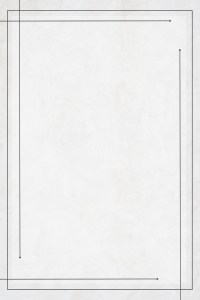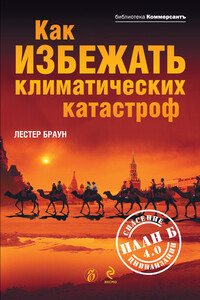Английский язык для специальных и академических целей: Международные отношения и зарубежное регионоведение. Часть 1 | страница 31
There may be further changes in the future for the monarchy to strive to gloss over. As we have seen, in the past, individual monarchs often ruled over different and distinct kingdoms, and helped to forge connections between them. We may be on the verge of the revival of this system. The First Minister of Scotland, Alex Salmond, has said that if Scottish voters opt for the independence in the 2014 Referendum, he wants the House of Windsor to act as monarchs of Scotland. This would be in tandem with, but distinct from, their role as head of state of the rest of the United Kingdom.
If in the future a member of the House of Windsor does serve as a sovereign of an independent Scotland — while also maintaining his or her state in England, Wales and Northern Ireland — this will merely underline monarchy's capacity to cover over sharp political change and to create a semblance of continuity where little really exists.
1. Walter Bagehot (/'b^d^t/ 3 February 1826 — 24 March 1877) was a British journalist, businessman, and essayist, who wrote extensively about government, economics, and literature. In 1867, Bagehot wrote The English Constitution, a book that explores the nature of the constitution of the United Kingdom, specifically its Parliament and monarchy. It appeared at the same time that Parliament enacted the Reform Act of 1867, requiring Bagehot to write an extended introduction to the second edition, which appeared in 1872.
2. James VI and I (19 June 1566 — 27 March 1625) was King of Scotland as James VI from 24 July 1567 and King of England and Ireland as James I from the union of the Scottish and English crowns on 24 March 1603 until his death. The kingdoms of Scotland and England were individual sovereign states, with their own parliaments, judiciary, and laws, though both were ruled by James in personal union.
3. Victoria (Alexandrina Victoria; 24 May 1819 — 22 January 1901) was Queen of the United Kingdom of Great Britain and Ireland from 20 June 1837 until her death. From 1 May 1876, she used the additional title of Empress of India.
Victoria was the daughter of Prince Edward, Duke of Kent and Strathearn, the fourth son of King George III. Both the Duke of Kent and King George III died in 1820, and Victoria was raised under close supervision by her German-born mother Princess Victoria of Saxe-Coburg-Saalfeld. She inherited the throne at the age of 18, after her father's three elder brothers had all died, leaving no legitimate, surviving children. The United Kingdom was already an established constitutional monarchy, in which the sovereign held relatively little direct political power. Privately, Victoria attempted to influence government policy and ministerial appointments. Publicly, she became a national icon, and was identified with strict standards of personal morality.


